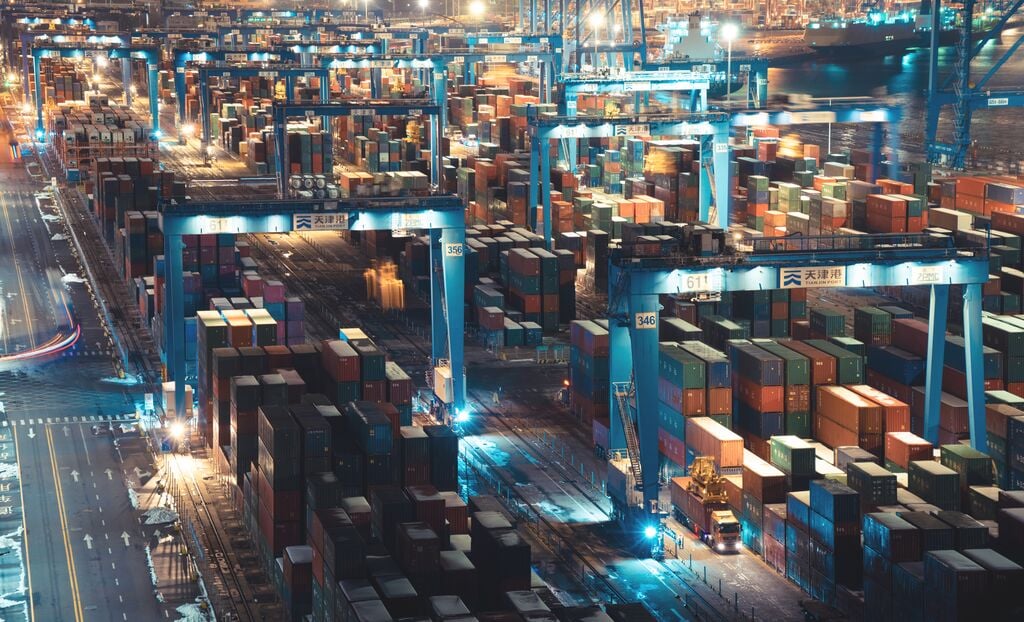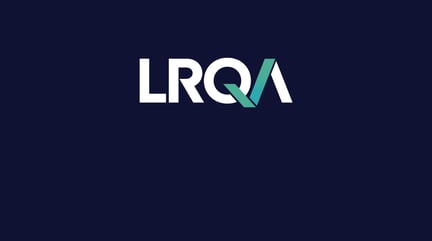In this new era of risk management, supply chains have become increasingly complex and opaque, making it challenging for businesses to manage sustainability concerns effectively. Supply chain mapping is a powerful tool that can provide the visibility needed to identify and address these issues.
We speak to Tara Norton, LRQA’s Senior Director in Europe, who shares her insights into how companies can use supply chain mapping to promote sustainability and mitigate risks.
Supply chain mapping is the process of creating a comprehensive overview of companies and organisations involved at every tier of the supply chain, providing visibility into where their products and services, including components, will likely come from and an overview of potential actors within each tier. This understanding is crucial as supply chain relationships can change frequently, with suppliers changing their own suppliers, potentially altering the risk profile of the supply chain. Mapping allows a company to see the high-priority and likely risk areas and get a specific indication of what needs to be done to address that risk. This is in contrast to full traceability, which focuses on tracking the precise flow of goods among individual actors. While traceability is definitely ‘cool,’ it is hard to do, and less useful when it comes to demonstrating due diligence and gaining a comprehensive understanding of the risk in your supply chain. You can get a false sense of security that you know exactly where everything has come from, but we have seen time and again that no company can have 100% visibility of a multi-tier supply chain.
Getting started
In my 20 years of experience, one of the primary questions companies face is how to start the mapping process. I always recommend beginning with the data you already have. Start with your first-tier suppliers and understand where your sourcing is happening today. Some companies may already have information about upstream tiers. Even if complete data is unavailable, any knowledge about specific components and their geographies can be useful for building a preliminary map. By utilising a good tool to consolidate this data, companies can identify gaps, prioritise areas needing more information, and pinpoint where risks are likely to be.
Strategies for effective supply chain mapping
While the concept of supply chain mapping is straightforward, its execution requires strategic planning and engagement. A key strategy is to ensure robust partnerships with suppliers. This collaboration can facilitate information sharing and quick responses when visibility into the supply chain is needed, and it does not necessarily require that suppliers provide proprietary information about the specific sources when that information is business critical. For high-risk components, companies can include requirements for visibility in contracts and even direct certain subcontracting activities to ensure transparency. Offering incentives, such as better payment terms or longer-term business relationships, can also motivate suppliers to provide the necessary information.
Cost-effective systems for supply chain visibility
In the current regulatory environment, particularly in Europe, companies are expected to maintain greater transparency throughout their supply chains. To manage this cost-effectively, it’s crucial to align supply chain mapping efforts with the overall business strategy. One effective approach is to consolidate your supply chain with fewer suppliers, making it easier to manage information and data. Contractual requirements for data visibility should become a standard practice, communicated consistently across all business functions. Leveraging a well-structured data tool is also crucial for collecting and managing supplier information efficiently.
At LRQA, we’ve seen firsthand how our platform, EIQ, can assist in this process. EiQ, the world’s first end to end supply chain ESG due diligence platform, incorporates unique proprietary data which is verified from the ground up. A well-structured tool not only helps businesses understand risk but also guides them in developing effective mitigation strategies.
Overcoming the challenges
Despite its benefits, supply chain mapping comes with its own set of challenges. Suppliers may resist disclosing information, and certain supply chains, like those involving commodity trading, are inherently opaque. Engagement is key here. Understand the most critical parts of your supply chain and engage with them. Where you can't get direct visibility, look for opportunities to collaborate with industry peers or join industry initiatives.
If a specific supply chain remains particularly opaque, taking a step back is important. Supply chains are vast. Focus on areas where you can make headway first and use that experience to tackle more complex areas. Additionally, businesses should question the root causes of opacity. If an area of the supply chain is resistant to visibility, consider whether there are industry barriers that can be influenced or alternatives that can be explored.
LRQA brings together decades of expertise in supply chain mapping, data-driven insight and on-the-ground presence within global supply chains across various sectors. We understand supply chain dynamics and know where key sourcing communities exist. Our EiQ platform is designed to assist companies in mapping their suppliers and identifying areas of risk, enabling them to take proactive steps toward sustainability. But remember, supply chain mapping isn't just about tracing every movement of goods; it's about gaining visibility into where products and services are likely to come from, understanding the associated risks, and engaging with your supply chain to drive meaningful change.
Find out how LRQA & EiQ can help in addressing the impact of ESG challenges on your business.










